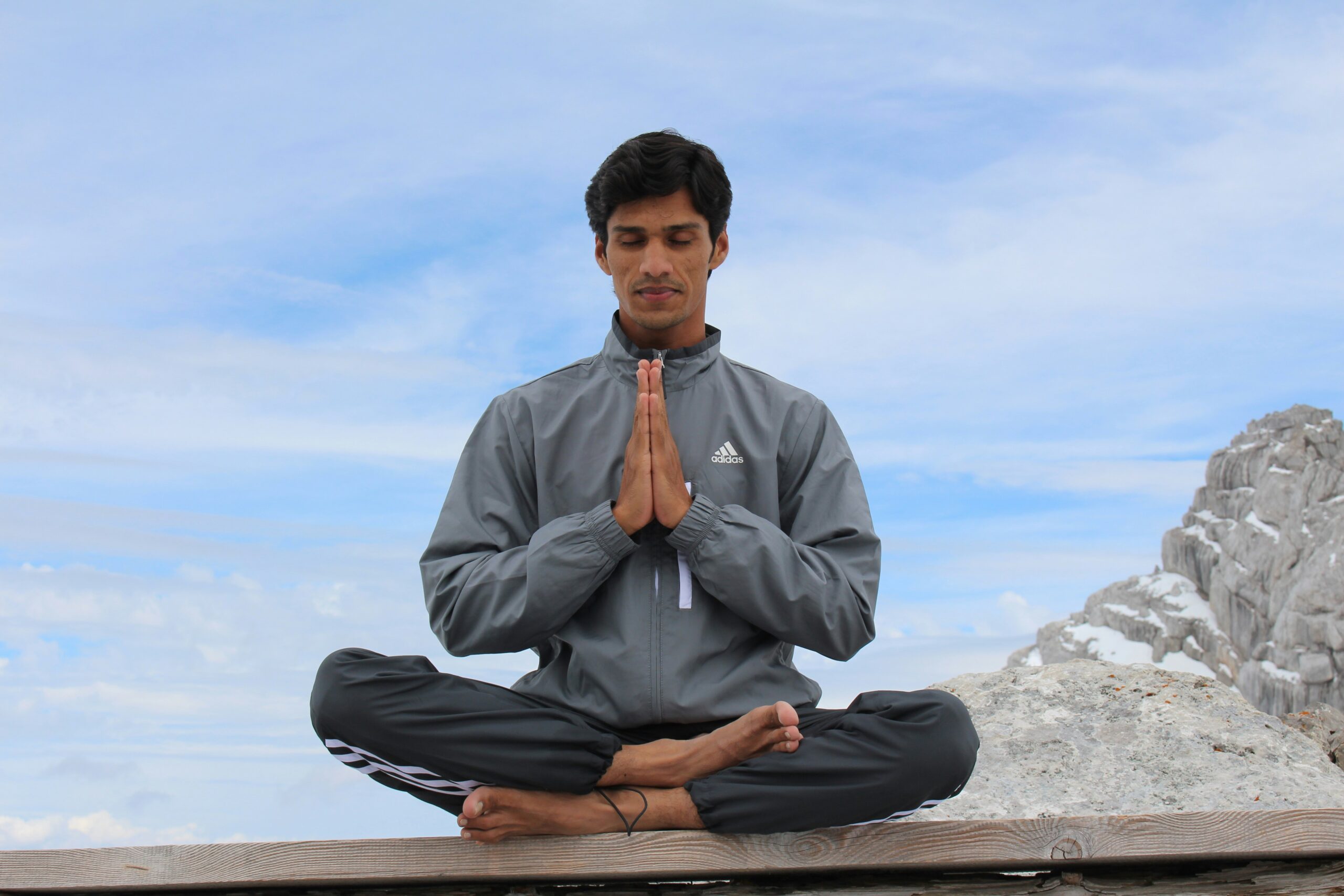As soon as a baby is born, we check if the baby is breathing to confirm life. When someone passes away, we verify it by checking whether they are no longer breathing.
Breath marks both the beginning and the end of life — a simple, constant act that is often overlooked, yet it holds immense power. Across centuries, civilizations have tapped into the breath as a vital tool for emotional balance, resilience, and healing. From ancient yogic practices to modern therapeutic frameworks, the breath remains at the center of transformation.
In Yoga, pranayama, or the regulation of breath, helps to clear energy channels and calm the mind. Zen meditation focuses on breath awareness to cultivate stillness and insight. Compassion Focused Therapy (CFT) uses breathing to soothe threat responses and activate the “soothing system” — promoting a sense of safety and self-compassion. Cognitive Behavioral Therapy (CBT) often integrates breathwork into relaxation techniques and exposure exercises. And in Dialectical Behaviour Therapy (DBT), breath work becomes an essential bridge to balance acceptance and change by being foundational in skills that are taught.
One of DBT’s key modules is Distress Tolerance, where skills like TIPP (Temperature, Intense Exercise, Paced Breathing, and Progressive Muscle Relaxation) help reduce emotional overwhelm. In particular, Paced Breathing — slow, rhythmic breaths — activates the parasympathetic nervous system, calming the body and allowing the mind to respond rather than react. Breathwork is also foundational in Mindfulness. The breath serves as an anchor — a focal point that brings us back to the present moment when our minds spiral into past regrets or future worries.
The rhythm of our breath mirrors our inner state. Quick, shallow breaths may indicate anxiety, fear, or anger. Deep, slow breathing, on the other hand, often signals calm, presence, and safety.
Without even noticing it, our breathing shifts throughout the day — during a moment of panic, while laughing, when we’re focused, or when we’re relaxed. Once we learn to observe it, we can start to use it intentionally.
Breath as a Gentle Daily Practice
You don’t need to dedicate hours to reap the benefits of conscious breathing. Try this:
- Inhale slowly for 4 counts
- Hold for 2 counts
- Exhale slowly for 6 counts
- Repeat for a few minutes
Notice how even a short practice can shift your state. With time, it becomes a reliable tool — available anytime, anywhere.
Breath is not just a biological function — it’s a source of wisdom, healing, and power. Whether you’re navigating stress, managing anxiety, or simply seeking more presence in your day, start with the breath.
As DBT and countless traditions teach us: when you can’t control anything else, you can always come back to your breath.
